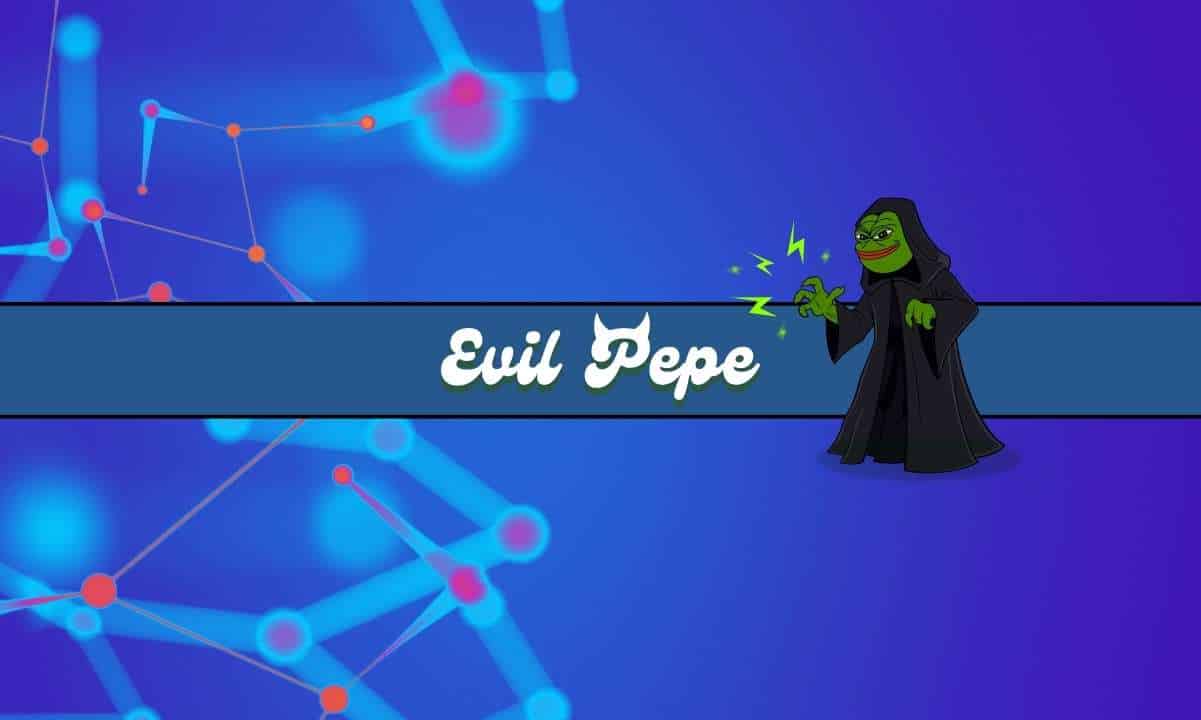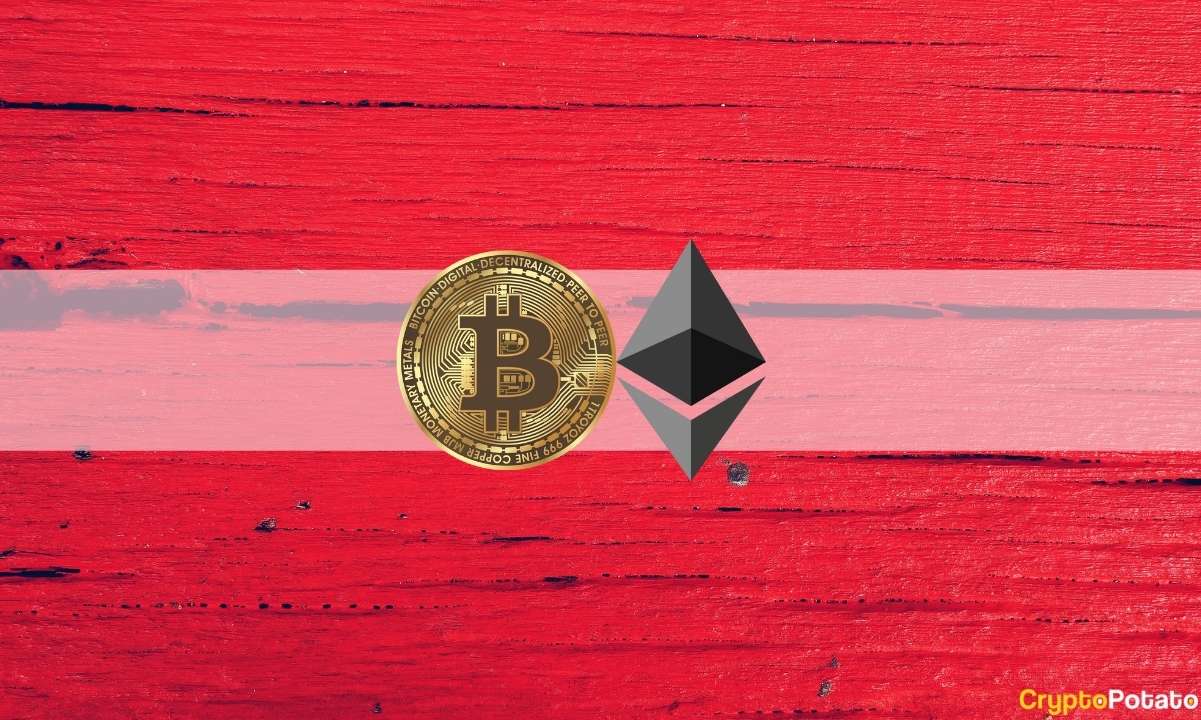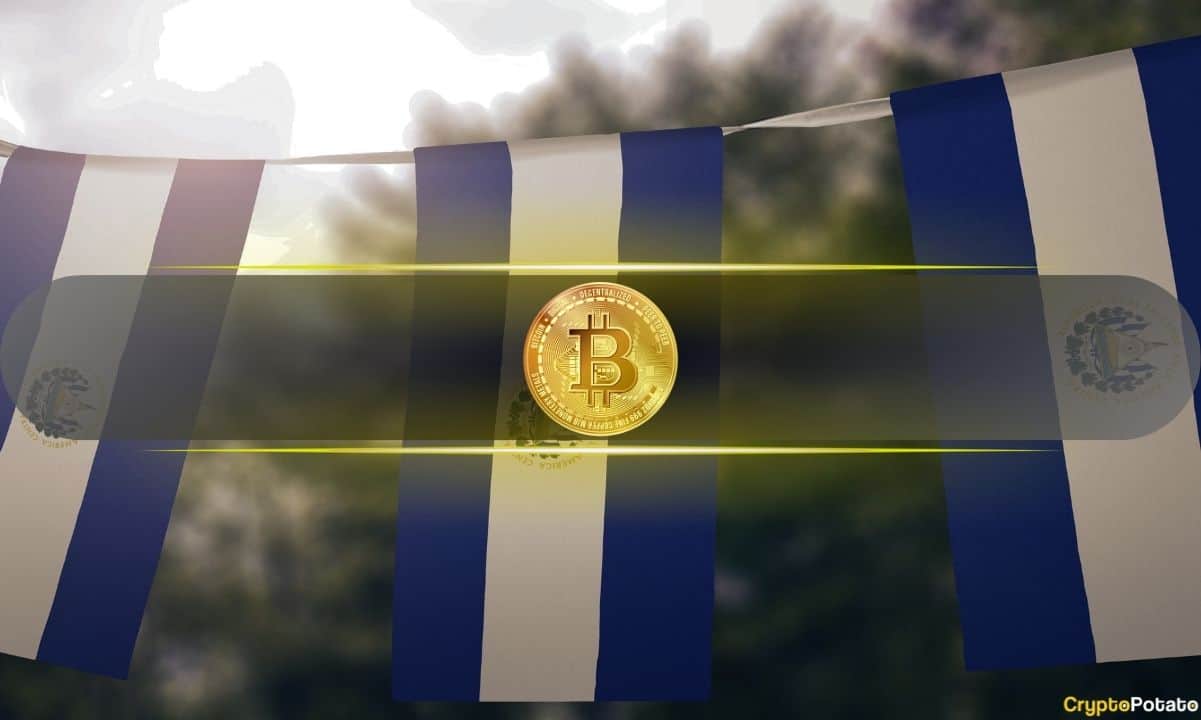Wings: a Safer Future for Blockchain Industry
featured – The continuously increasing number of ICOs has taken the general public entirely by surprise, and even the seasoned regulators of the world seemed to be quite flabbergasted by their abundance. Considering the risk of scams or just failed investments in an honest project, the entire business can arguably be best described now as a wild west, which is full of gold rush diggers, train robbers, and charlatans offering magic cures for every malady there is.
This chaotic world has probably prompted Wings, a prediction market DAO, to roll out their functionality. Instead of trying to defeat the chaos, Wings seeks to harness it and fight uncertainty with uncertainty. Their approach to sorting ICOs out looks quite unique and might be one of the best answers towards the pleads of crypto investors. In this feature, we’ll take a closer look at the idea behind the project.
What Is Wings?
Technically speaking, Wings allows ICO-holding projects to present their agendas to the general public to evaluate them and predict how successful the projects will be. Wings users estimate such features as the general idea for the project, the feasibility of their roadmap, the marketing campaign, and so forth.
Most importantly for the projects, the community assesses the amount of money a startup can potentially raise. This enables project teams to amend their financial goals if necessary, and evaluate the community’s interest in their offer.
How Does Wings Work?
This mechanism offers quite a great incentive for both projects and the community. Thus, if the prediction turns out to be correct, the forecasters get their rewards from the projects. The project, on the other hand, receives a competent evaluation by a core group of its target audience and therefore knows if anything is wrong.
From the organizational point of view, Wings is a DAO, which means that it uses smart contracts for self-governance, as well as to evaluate and manage the submitted projects. Every new project gets its prediction market that covers nearly every important aspect of its operation.
A Wings user can be either a project or a forecaster. A project has to provide all the necessary information, such as marketing materials, documentation, initial governance model (direct or liquid DAO governance), roadmap milestones, and so forth. Most importantly, the project can set up the token supply and the rules for its distribution amongst the forecasters. For that listing, Wings charges a fee from the project’s team in the platform’s native tokens.
The forecasters, who also have those native tokens, use them to vote for the very acceptance of the project to the listing. In case it is listed, they make their predictions during the so-called “forecasting period,” and when it’s over, the proposal gets activated on the platform. Only then the project may launch its actual ICO. If it goes as forecasted, the funds are distributed under a set of specifically created smart contracts on the platform.
Is Wings Model Feasible Itself?
The question of this model’s workability is all but unreasonable. For now, there have been over 30 projects listed on Wings, and their cumulative results are quite impressive: in 2017 alone, they have raised almost $430 million, so from the financial standpoint the model is entirely feasible.
Back in the day, Wings has held their own successful ICO as well. Their ERC-20 tokens were premined, and 75% of them were sold over the campaign raising almost $2 million. The remaining 25% went to form the Wings Foundation, which is the governing organization for the ecosystem, as well as to reward the team, advisors, and referrals, and to establish a bounty program budget.
However, the team sees its mission in creating a broad ecosystem that would enable the community to sieve through good and essential projects while leaving all scams and stillborn ideas on the curb. Considering the continuing ambiguity of the regulatory climate for ICOs, this model could eventually evolve into a self-regulating mechanism that would reward good projects and the community while keeping all dishonest players away without the need for any complex legal frameworks.
The need for such a system for the cryptocurrency industry has been evident for years now (think Mt.Gox or any recent scam ICO). Meanwhile, t search for a trustless and efficient solution that would not be clad in red tape and constant government intrusion at the same time continues. Is Wings’ solution the one? It could be, but, as always, only time can tell.
The post Wings: a Safer Future for Blockchain Industry appeared first on CryptoPotato.









